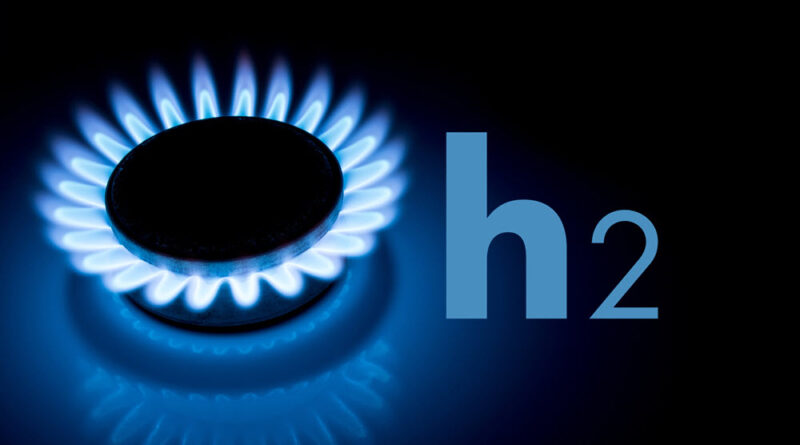Ports at the forefront to developing green hydrogen eco-systems
As Europe’s second largest port, the Port of Antwerp-Bruges in Belgium sits in a highly strategic location. It is at the centre of the largest chemical industry cluster in Europe and close to the North Sea, providing transportation connections to Germany, Belgium, Netherlands, the UK and France. The port is also one of the busiest logistics areas in Europe, handling annually 289 million tons of maritime freight, 24 million tons of rail freight and 108.5 million tons of barge freight.
Following a recent agreement with leading US hydrogen technology business, Plug Power Inc. (Plug), Antwerp-Bruges is set to become a major hydrogen hub for Europe, with plans to be a ‘lighthouse’ port, leading the way in the clean energy transition.
Plug is set to build a large-scale green hydrogen generation plant within the port using its 100-megawatt proton exchange membrane (PEM), platinum-based electrolysers to produce 12,500 tons of green hydrogen each year for the European market. Construction of the plant will begin in late 2023, with initial production of green hydrogen expected in late 2024 and plant commissioning in 2025.
Antwerp-Bruges is ideally suited to becoming a hydrogen hub, with access to a ready supply of renewable electricity from on-site and site-adjacent wind turbines already generating dozens of megawatts of clean energy to power Plug’s PEM electrolysers. In addition, the site offers water, road, rail and pipeline access for the delivery of green hydrogen to customers. An open-access hydrogen pipeline is also expected to be built as part of the development, which will create hydrogen infrastructure that can be harnessed for the benefit of users Europe-wide.
FURTHER HYDROGEN DEVELOPMENT
As part of the initiative, Plug is also looking at ways to further develop green hydrogen deployment within the port and beyond, including the use of PEM hydrogen fuel cells for fuel cell electric vehicles (FCEVs), material handling solutions and stationary power.
The Port of Antwerp-Bruges is not alone, with other port operators recognising the potential of hydrogen within their own plans to decarbonise and prepare their operations for the energy transition. In the Netherlands, the Port of Rotterdam is working towards the introduction of a large-scale hydrogen network across the port complex, making Rotterdam an international hub for hydrogen production, import, application and transport to other countries in Northwest Europe.
In the UK, PEM electrolyser specialist Siemens Energy is working with Toyota Tsusho and Associated British Ports (ABP) on a project to develop a green hydrogen supply to the Port of Immingham. ABP’s Port of Immingham is a major trading gateway and intermodal hub for road, rail and sea transport, making it an ideal location for hydrogen production and distribution. The project aims to demonstrate the critical role ports can play in building sustainable supply chains and accelerating the decarbonisation of the UK’s economy.
With the European Union scaling-up and accelerating its plans to produce green hydrogen as it seeks to improve its energy independence in the wake Russia’s invasion of Ukraine, Plug believes that the current energy crisis in Europe is already hastening demand for green hydrogen development projects.
The plans to reduce Europe’s reliance on Russian energy supplies by generating green hydrogen could result in rapid and significant growth in electrolyser capacity – above and beyond the expansion already envisaged as part of the European Green Deal. Assuming this leads to the installation of 115 gigawatt of electrolyser capacity by 2030, of which half is met by PEM electrolysers, this could lead to additional annual platinum demand that rises to 234 koz in 2030.
The ancillary benefit of hydrogen production and distribution roll-out at the scale envisaged is the potential acceleration of the commercial adoption of FCEVs, a significant component of future platinum demand growth. Indeed, WPIC’s forecasts show that FCEV platinum demand has the potential to match current automotive demand for platinum as early as 2033 if broad-based commercial adoption of the technology accelerates policy-driven adoption.




